5th of February, Commemoration of the Constitutionâs Promulgation
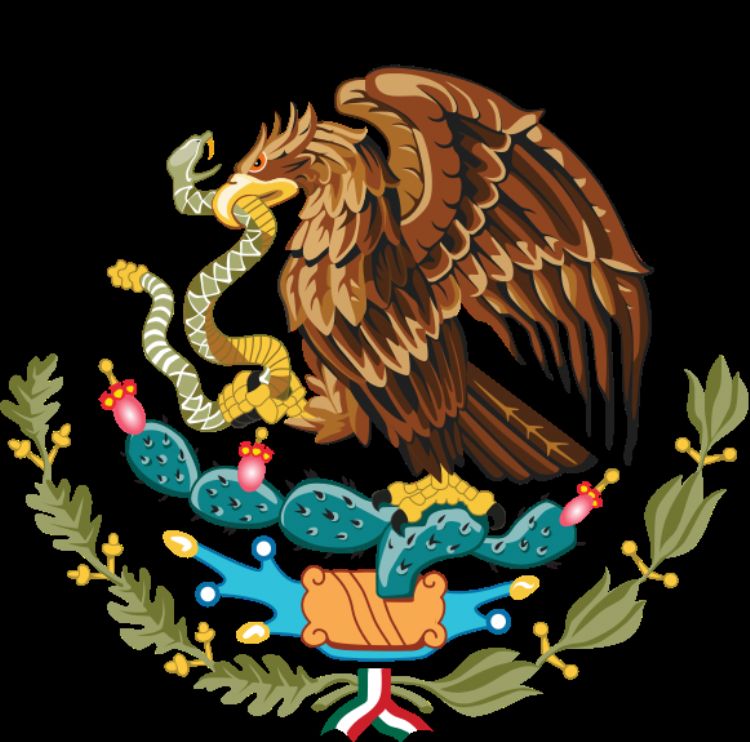
The 1917 Constitution is the result of a long historical process that started even before the Mexican Revolution. The Political Constitution of the Estados Unidos Mexicanos, reformed the one from 1857. It also contained the spirit of other documents such as the Plan de Guadalupe of 1913, which resulted from the armed struggle. The Constituent Congress gathered in the City of Queretaro on the 1st of December 1916, lead by the Chief of the Constitutionalist Army, and in charge of the Executive Power, Venustiano Caranza, he promulgated the Magna Carta published in the Official Federation Diary on the 5th of February, 1917.
In Mexico, our Constitution has been an example of a continuous evolution of principles, slowly enriching, thanks to the liberal and reform movements given throughout history. Stemmed from them, as a main interest, was public order and the institutionsÂÂÂÂâ service for the people. Which is to say, the institutions destined to fulfill the constitutionÂÂÂÂâs regulations have, as an essential role, the citizensÂÂÂÂâ wellbeing.
The Mexican Constitution is a document regulating the political life of the nation from the recognition of individual guarantees and fundamental rights that the State must safeguard. Simultaneously, it establishes a form of organization for the institutions in charge of promoting the development of the country in all its areas, and orders regarding the division of powers in order to place a hierarchical structure that permits an equilibrium in the decisions taken on behalf of the country.
The Constitution of 1917 contains the former constitutions, with the difference that they are fundamental principles, respect for sovereignty and individual rights. Human beings, besides being free in their own country, must enjoy the services provided by the State, the justice it imparts and the respect for public servants, who are also elected by the citizens through vote, without impositions of any kind.
<The representative section of the social rights that were recognized by the Constituent of 1916 is Chapter I, which refers to Individual Rights, which are irrevocable rights for any Mexican citizen, except in the cases established by the Constitution. This document expressly prohibits slavery and discrimination for any cause or condition. Besides, it recognizes the indivisibility of the nation and the right of indigenous people to their self-determination and autonomy.
The Constitution also recognizes the right of citizens to receive, free of charge, the obligatory basic education and it should be secular. It has a right to gender equality, since men and women are considered equal before the law.
The Magna Carta, among other liberties, recognizes work in lawful activities, the manifestation of ideas, and therefore, the freedom to write and publish writings. It also inscribes the right to petition, associate or gather peacefully.
The Constitution in its 136 articles, collects the economical, political and social rights that the State must guarantee its citizens, the form of political organization, all of them resulting from ideological and armed struggles in search of an independent and just nation, still unfinished, that on the 5th of February commemorates the mot important political event of the XX century, which symbolizes the end of the Mexican Revolution.
Artículo Producido por el Equipo Editorial Explorando México.
Copyright Explorando México, Todos los Derechos Reservados.
Fotografía tomada de Wikipedia.Org

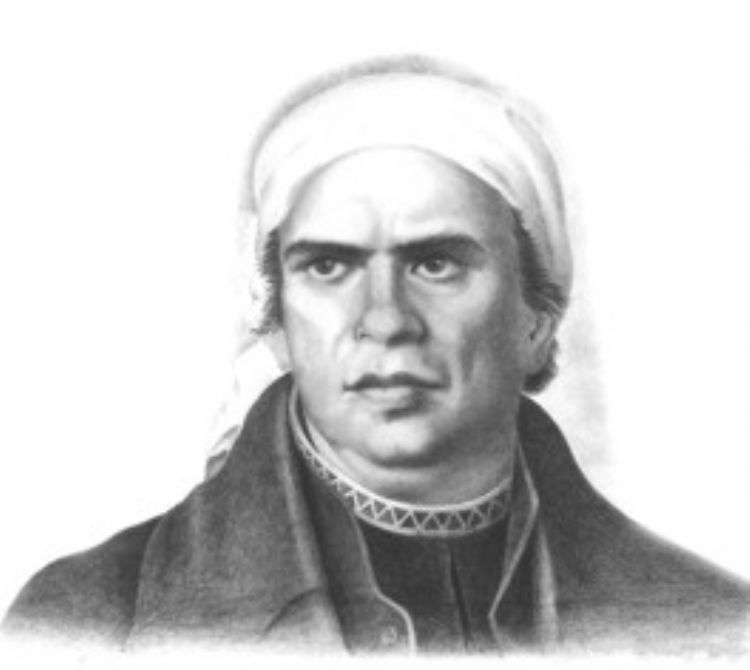
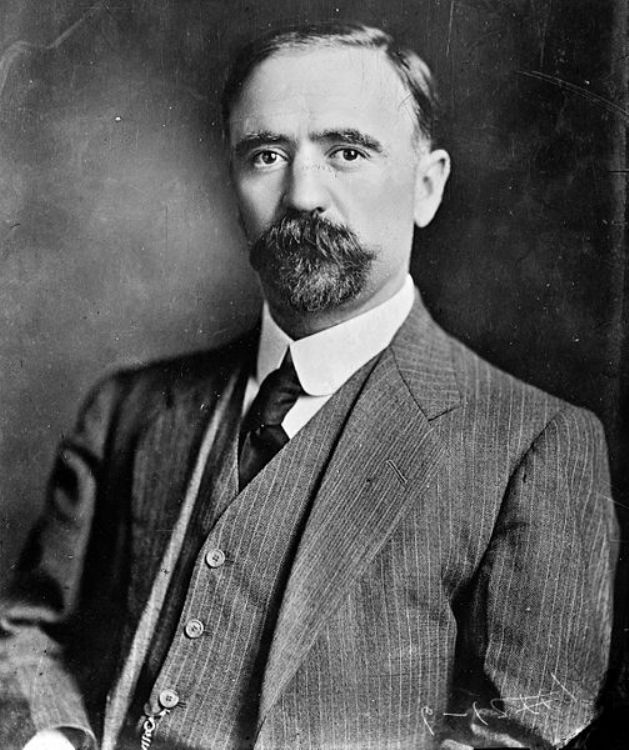
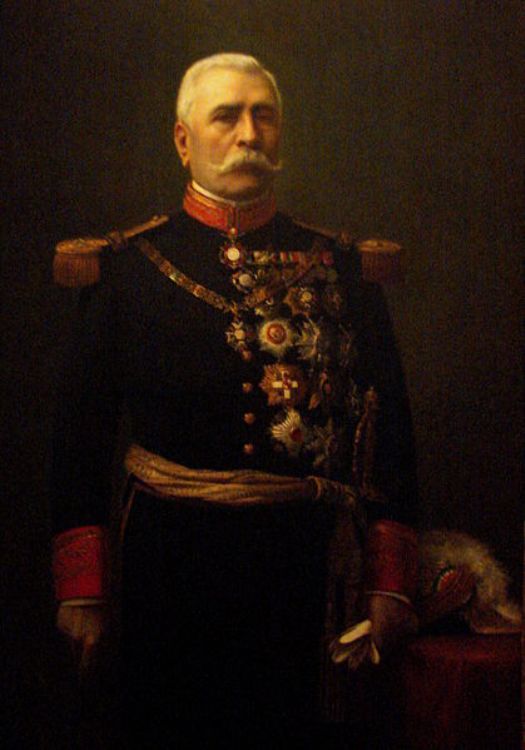
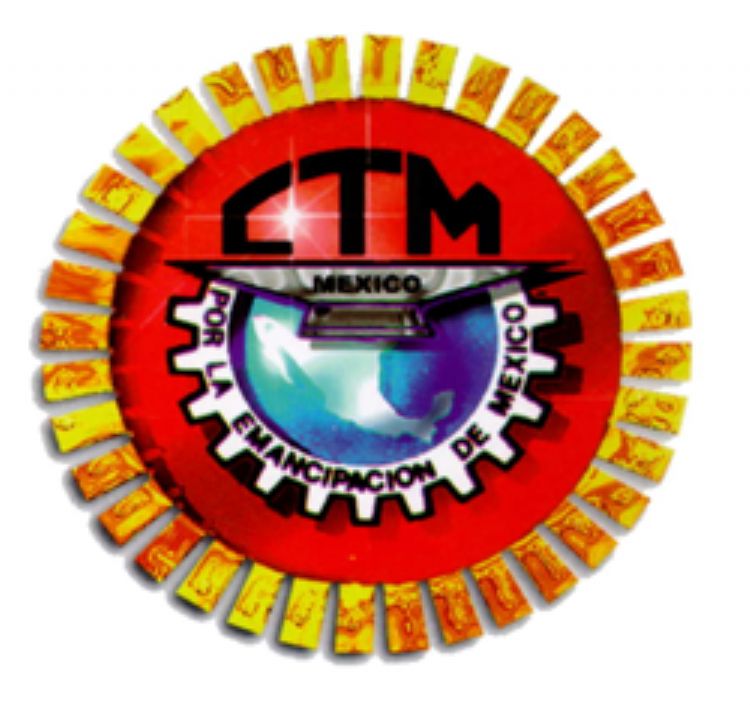

.jpg)